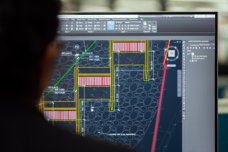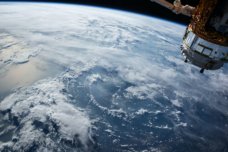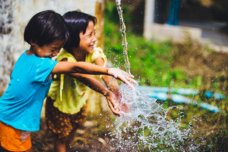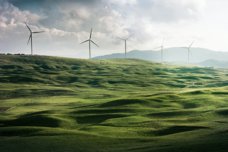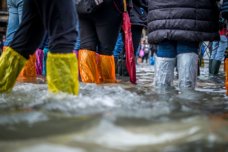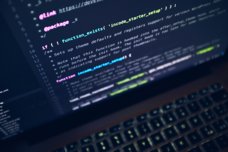What is precision agriculture?
Precision agriculture is an approach to farming that utilizes technology, data analysis, and specialized equipment to optimize various aspects of the agricultural process. This approach allows for interventions such as irrigation, fertilization, and pest control that can be precisely tailored. Precision agriculture allows farmers to make informed decisions, reduce resource use, and maximize yields while minimizing environmental impact.
How do UAVs help?
UAVs (Unmanned Aerial Vehicles) are very good at gathering field and crop data. All it takes is for a drone to fly over a field and take pictures that can then be assembled into a map. In essence, UAVs help precision agriculture by doing what farmers used to do by simply going out into their fields. They assess situations and identify possible problems, such as nutrient deficiency or the presence of certain types of pests.
UAVs equipped with traditional cameras are also helpful in other respects. If a farmer’s cornfield is heavily damaged by wild boar, for example, the UAV is a great tool in supporting the insurance claim - it can be used to measure the extent of the damage. UAVs with thermal cameras can be used to detect animals in fields before harvesting, to prevent them from being killed by the harvester. They can also serve to optimize irrigation or sense water stress. UAVs fitted with multispectral cameras provide data that allow for calculating indices about a crop’s nutrition and health status. Is there a fertilizer deficiency, for instance, and what is the crop’s chlorophyl content?
What practical benefits are there?
UAVs can help help a farmer save money and reduce their environmental impact. For example, with an automatic pesticide application system on a tractor, a farmer can pass through a field and only spray pesticide where the UAV detected certain pests. Another example is irrigation. Usually, in big fields, not all crops will suffer from water stress equally. With water becoming ever more scarce, farmers want to limit its use to the areas that need it most. UAVs enable that by precisely mapping crop stress. This information can inform the placement of automated irrigation systems.
How have UAVs evolved?
UAVs used to be much bigger, and clever ways had to be found to attach cameras, sensors, GPS systems and even small computers. Missions had to be carefully planned. Working with these cumbersome, mostly hand-crafted aircraft also required knowledge of how to create paths and how to achieve smooth overlap between images.
Today, UAVs and the related software are evolving at high speed. Modern UAVs are much smaller and come with different types of cameras fully integrated. Everything is remote controlled from one device - it’s just a matter of delineating the field and the area to be mapped in a smart phone app. When that’s done, a button press is enough to make the UAV take off automatically and map the designated area. Drones now also have cameras pointing in all directions that enable them to land automatically and prevent them from crashing into trees. They will fly back on their own once the job is done and ensure perfect overlap between pictures.
Can anyone use UAVs for precision agriculture?
Recent developments have made this UAV technology for precision farming a lot more accessible. Farmers can now buy suitable UAVs off the shelf, even though they are still quite expensive. As for working with modern UAVs in the field, that’s the easy part. What is still complicated is the whole workflow that follows. Data needs to be interpreted correctly; does this part of the map actually show there is a pest at work? Is this maize field plagued by corn borers or is the poor plant health due to nitrogen lack or water stress? For now, this type of interpretation is still the domain of experts.
What does the future look like?
UAVs are likely to become more and more automated, with different types of sensors and cameras being integrated. UAVs with hyperspectral cameras will probably become available soon as well. Future UAVs will also cater to phenotyping (growing different crops on the same field at the same time), making it possible to see the stage of each crop. In addition, UAVs will be used as field tools, e.g. for distributing eggs of wasps that help to fight corn bores. For a final example, UAVs can be used for pollination. Now that bee populations are under increasing pressure from pesticides and other threats, UAVs can be used to precisely pollinate certain fields or trees, diminishing the world’s dependency on natural pollinators.
If you’d like to learn more about this topic, check out this Geoversity course on UAVs in Precision Agriculture
